The once-fringe far-right Sanseito party emerged as one of the biggest winners in Sunday’s upper house election in Japan, capitalising on voter discontent as prime minister Shigeru Ishiba’s coalition lost its majority.
The ruling Liberal Democratic Party and its junior coalition partner Komeito won only 47 of the 125 contested seats in the House of Councillors, missing their goal of 50 required to retain control. Their combined strength in the 248-seat chamber shrank to 122, down from 141 earlier.
Despite this setback, Ishiba says he is not resigning, vowing to focus on trade negotiations with Donald Trump amid rising public frustration over soaring prices and US tariffs.
His position, analysts say, is made more precarious by the fact he has already lost control of the more influential lower house in last year’s election, and the LDP are now ceding ground to traditionally fringe opposition parties campaigning on right-wing messages such as big tax cuts and stricter immigration controls.
Sanseito secured 14 seats in the upper house compared to just one in the last election three years ago. In the more influential lower house, it currently has three seats.
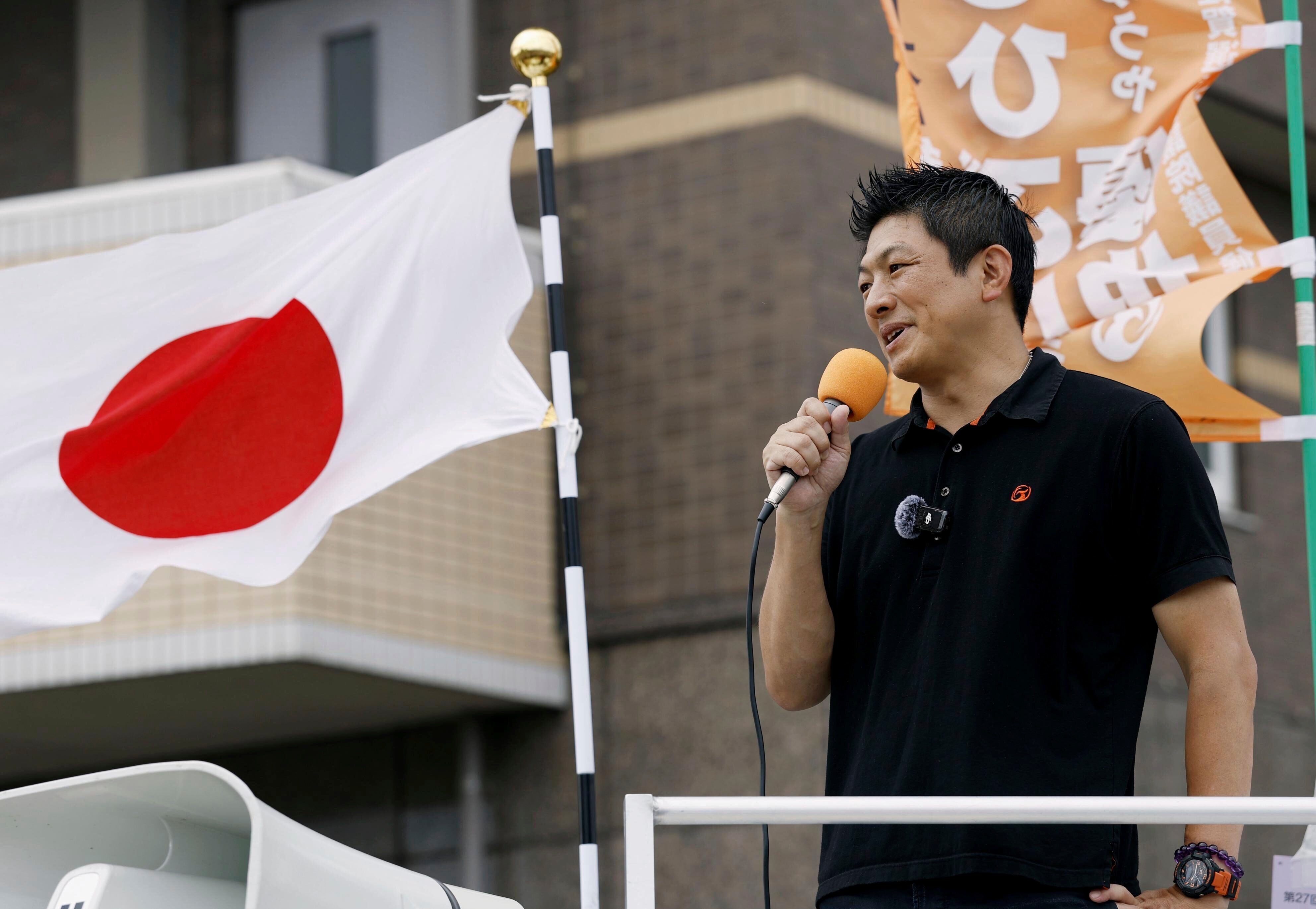
The rapid ascent of the party, modelled on populist movements abroad, marks a dramatic shift in Japanese politics. Its improved strength in the upper house gives Sanseito a louder national platform, which it is likely to employ to push its anti-immigration, anti-globalist agenda more aggressively.
“The LDP has turned from right-wing to a centrist position. So there is a vacuum in the ideological spectrum,” Yu Uchiyama from Tokyo University’s Advanced Social and International Studies department, explains to The Independent. “Sanseito has successfully taken the vacuum.”
The origins of Sanseito
The rise of Sanseito from a largely online fringe group in 2020 to a political force shows its ability to tap into growing public discontent.
After initially gaining attention with its anti-vaccine and anti-masking views during the Covid pandemic – a former leader labelled Covid vaccines a “lethal weapon” – the party rebranded with a “Japanese First” platform focused on overtourism, economic stagnation and anti-immigration sentiment.
Although the party has toned down its rhetoric since, its leadership has continued to echo what have been called conspiracy theories around public health, according to The Asahi Shimbun.
As foreign workers and tourists have risen sharply in number in recent years, Sanseito has leveraged public anxieties around national identity, security, and inflation to gain wider traction, advocating stricter controls on immigration, stronger defence policies, and economic reforms.
“The phrase ‘Japanese First’ was meant to express rebuilding Japanese people’s livelihoods by resisting globalism,” Sanseito leader Sohei Kamiya, 47, told local broadcaster Nippon Television after the election.
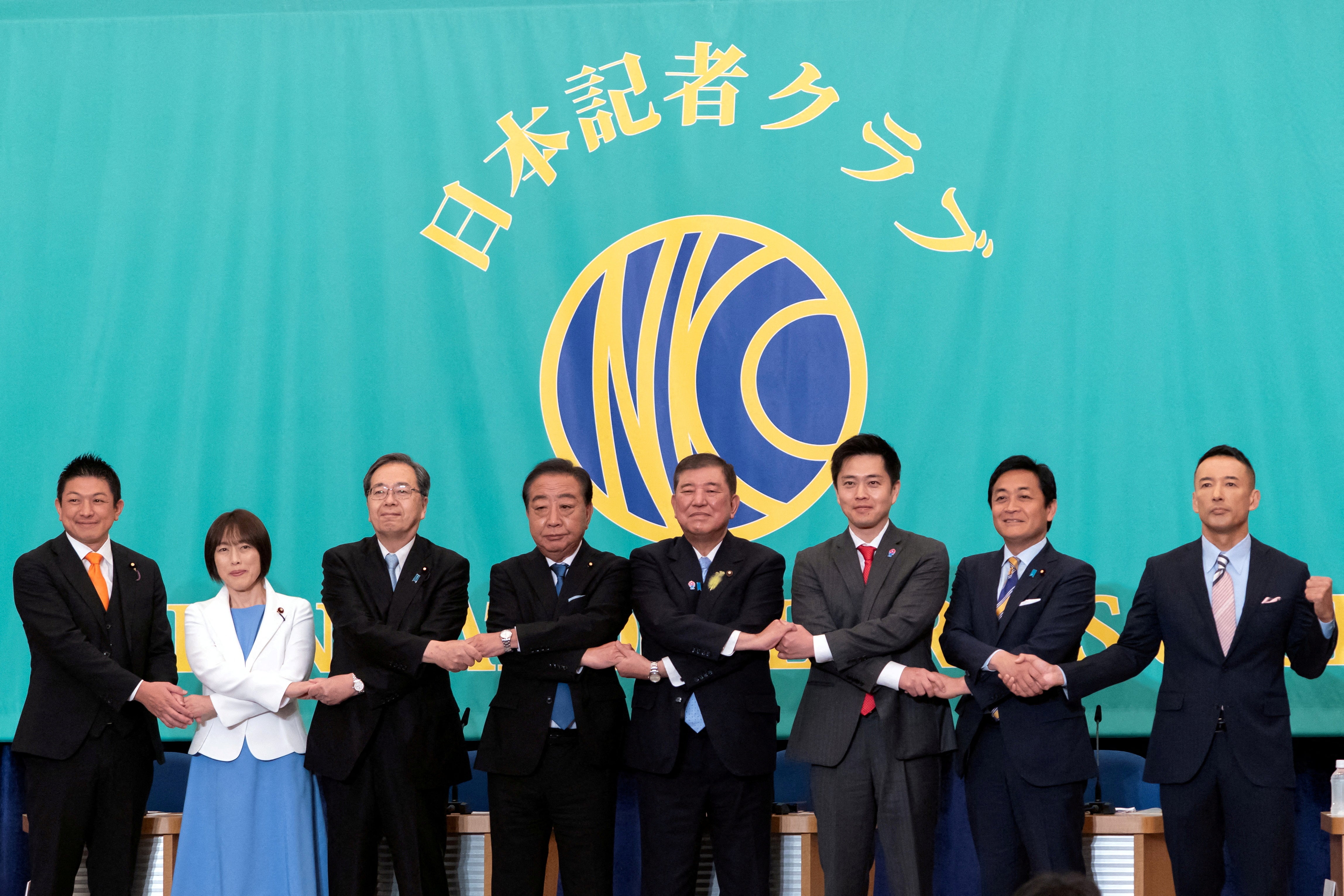
“We were criticised as being xenophobic and discriminatory. The public came to understand that the media was wrong and Sanseito was right. We are gradually increasing our numbers and living up to people’s expectations. By building a solid organisation and securing 50 or 60 seats, I believe our policies will finally become reality,” he said.
How do Sanseito’s gains impact the LDP?
Sanseito’s rise is damaging the LDP by pulling away many of its core conservative voters. Analysts say some LDP supporters feel the prime minister is too moderate and lacks the strong nationalist views of former leader Shinzo Abe. They cite examples such as recent legislation to promote awareness of LGBT+ rights and issues.
“Prime minister Ishiba is considered not conservative enough by many supporters of the former prime minister Abe,” Jeffrey Hall, a lecturer in Japanese Studies at Kanda University of International Studies, told the BBC.
“They think that he just does not have the nationalistic views on history, he doesn’t have the strong views against China that Abe had.”
The result is not just fewer seats for the LDP, but a challenge to its position as the main voice for the Japanese right, analysts say. It also signals growing unrest within the conservative base, making it harder for the LDP to maintain unity and control.
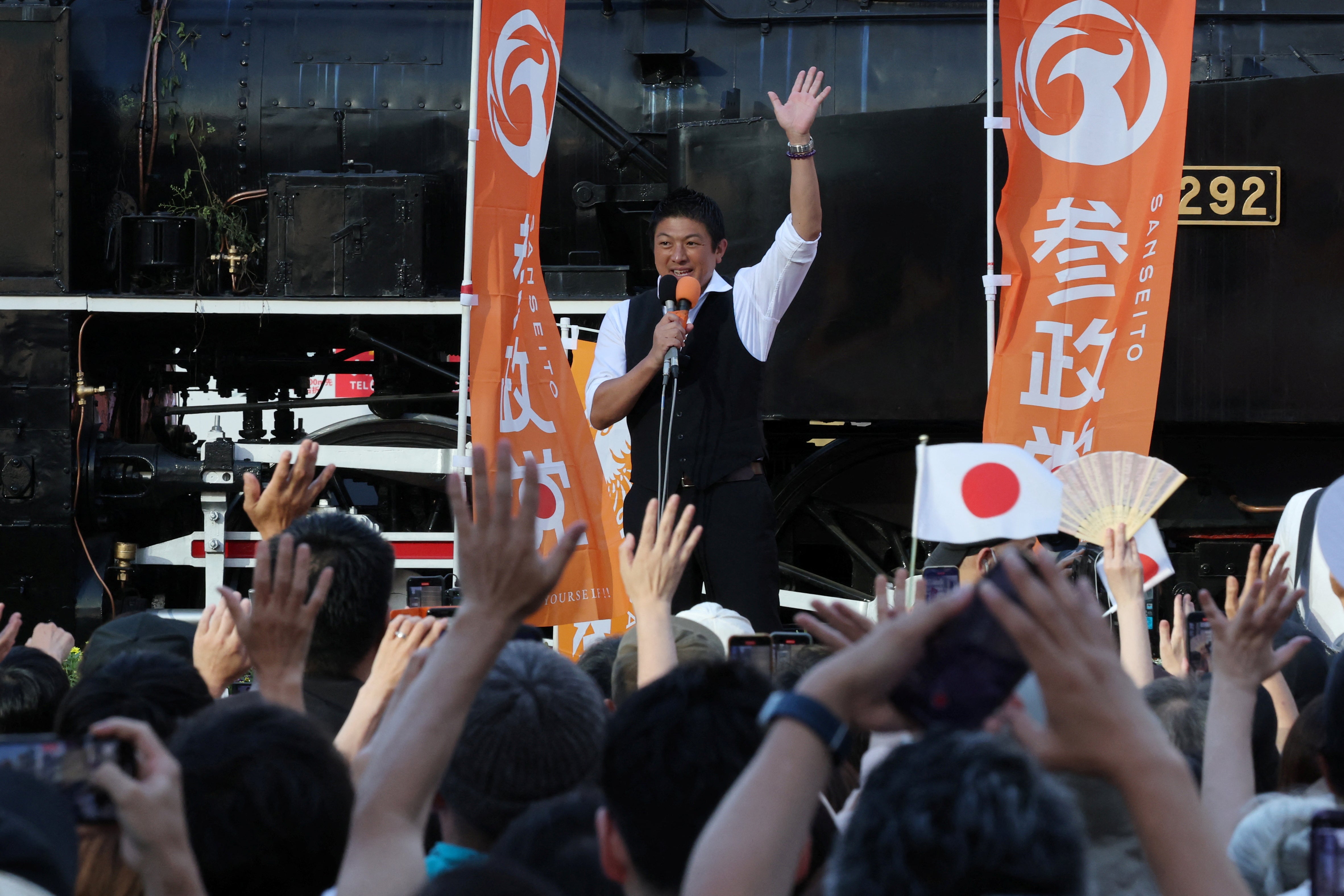
“The political situation has become fluid and could lead to a leadership change or the reshuffling of the coalition in the coming months, but prime minister Shigeru Ishiba will likely stay to complete the tariff negotiations with the US for now,” says Norihiro Yamaguchi, lead Japan economist for Oxford Economics.
In spite of its big gains, the road ahead for Sanseito remains difficult. The party lacks the 20 seats needed to submit budget bills, for instance, thereby limiting its direct influence on legislation.
Who is Sanseito leader Sohei Kamiya?
Kamiya is the unlikely face of Japan’s populist right. As the head of Sanseito, the onetime supermarket manager and English teacher has built a loyal following online, where his videos blend nationalist rhetoric, conspiracy theories, and sharp attacks on the political elite.
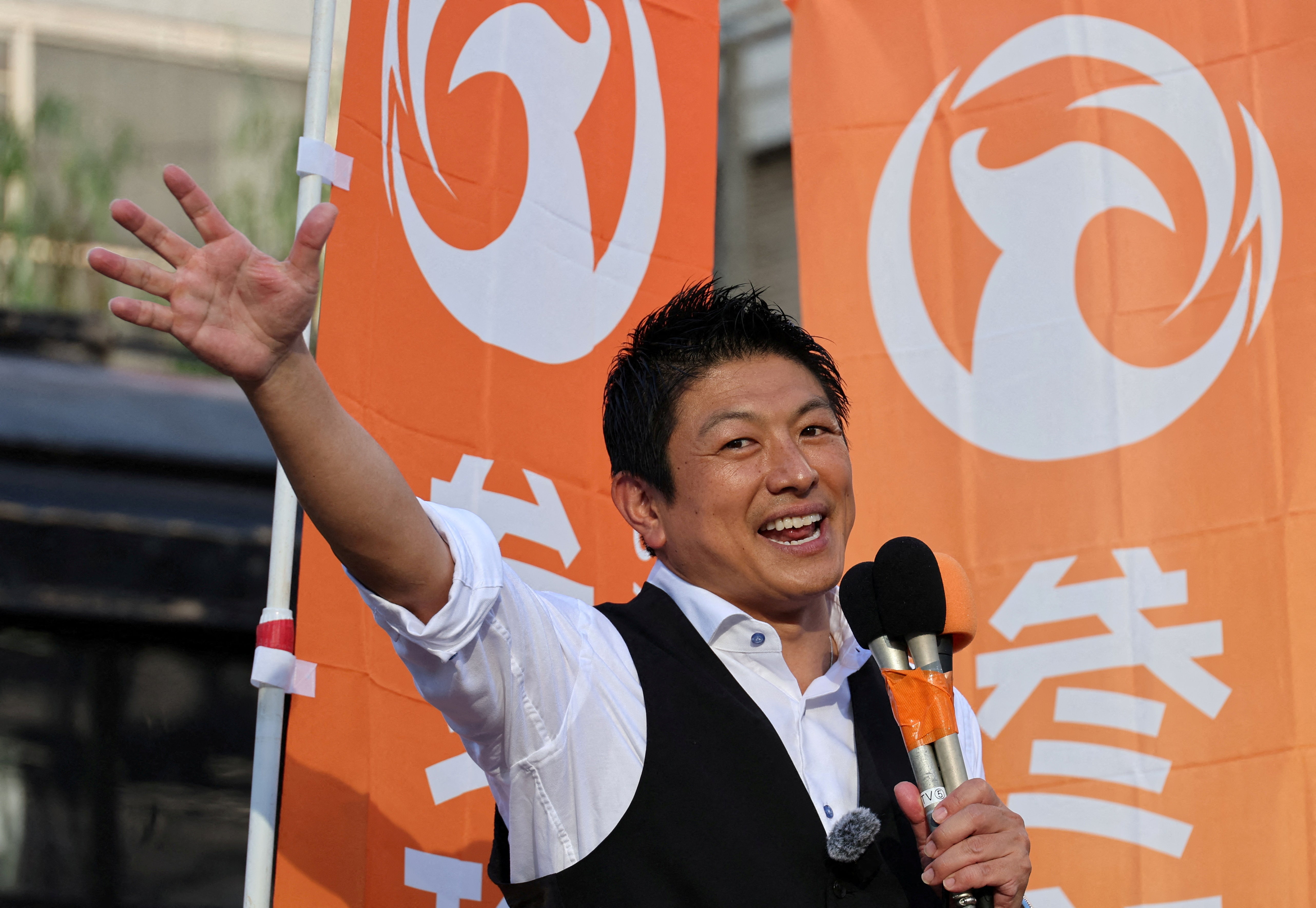
He was formerly a member of the LDP and received support from Abe in the 2012 election, though he lost. He went on to launch Sanseito in 2020 and became its first and only elected lawmaker in 2022.
A former military reservist, Kamiya admires Trump and often targets political and financial elites in his speeches.
His campaign gained wide traction through social media thanks to coordinated messaging and provocative statements such as calling gender equality policies a mistake and warning that Japan risked becoming a “colony” under globalist influence.
As votes were counted on Sunday, Sanseito leaders, including Kamiya, used their media appearances to defend the party’s contentious “Japanese First” slogan and push back against accusations of xenophobia. Kamiya claimed that the slogan was “about standing up against globalism and protecting the lives of Japanese citizens”.
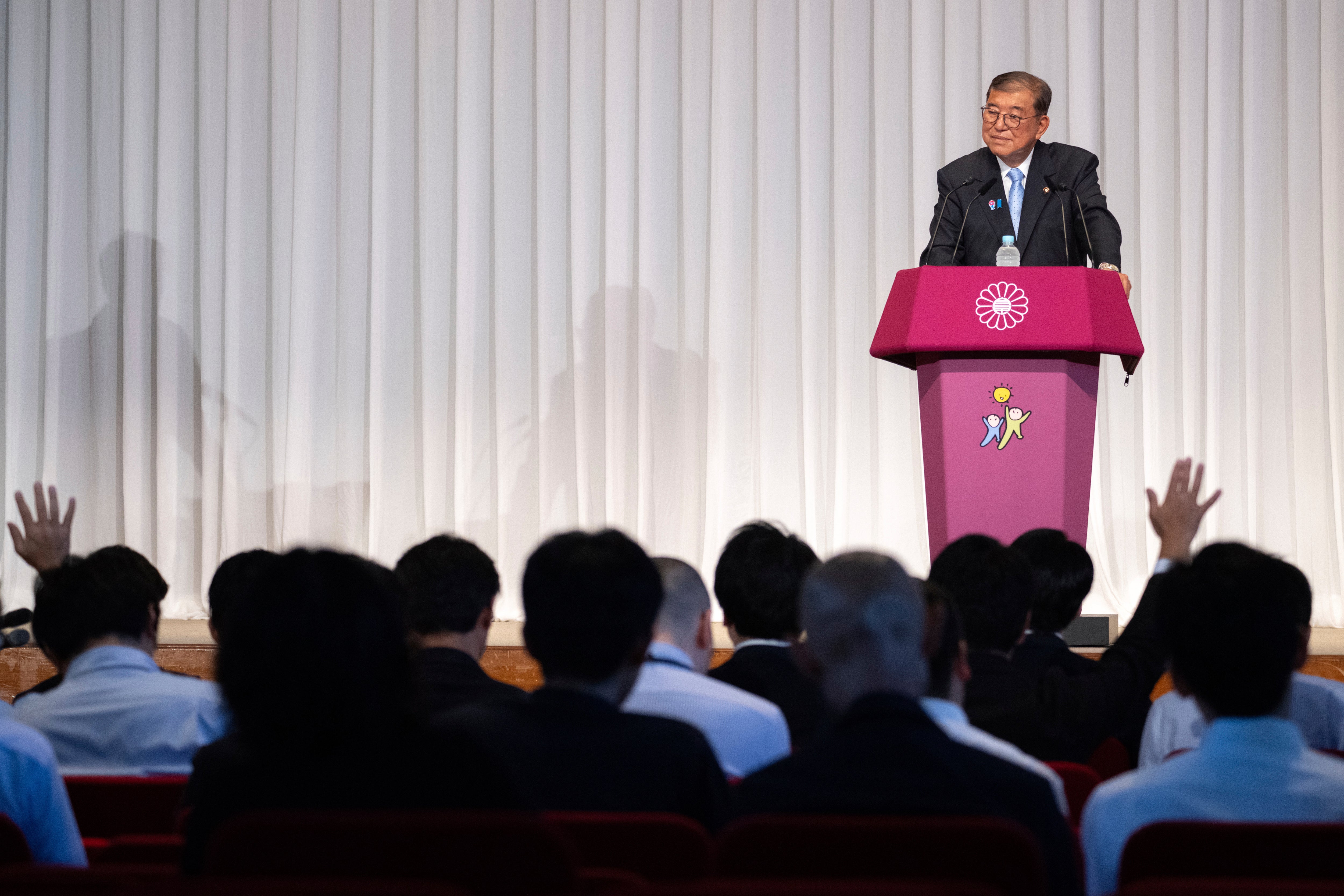
“The notion that people who want to discriminate and kick foreigners out are flocking to Sanseito is, I think, a little wrong. We aren’t that kind of party,” he said.
Kamiya, whose upper house seat is secure until 2028, did not stand in Sunday’s election.
To soften his image and appeal beyond the party’s core base of young men, he fielded several female candidates in the latest election, including the singer Saya, who won a seat in Tokyo.
What worked for Sansieto?
Kamiya has openly looked to Germany’s AfD and Reform UK as models for how a populist party might thrive in Japan. Unlike in the US and Western Europe, populism has struggled to gain a foothold in the east Asian nation – until now.
Like other opposition parties, Sanseito campaigned on tax cuts and more generous child benefits, proposals that worried investors already concerned about Japan’s massive public debt.
Prof Uchiyama notes that Sanseito’s platform may appear ideologically inconsistent at first glance, blending right-wing nationalist rhetoric with left-leaning economic promises like greater child support.
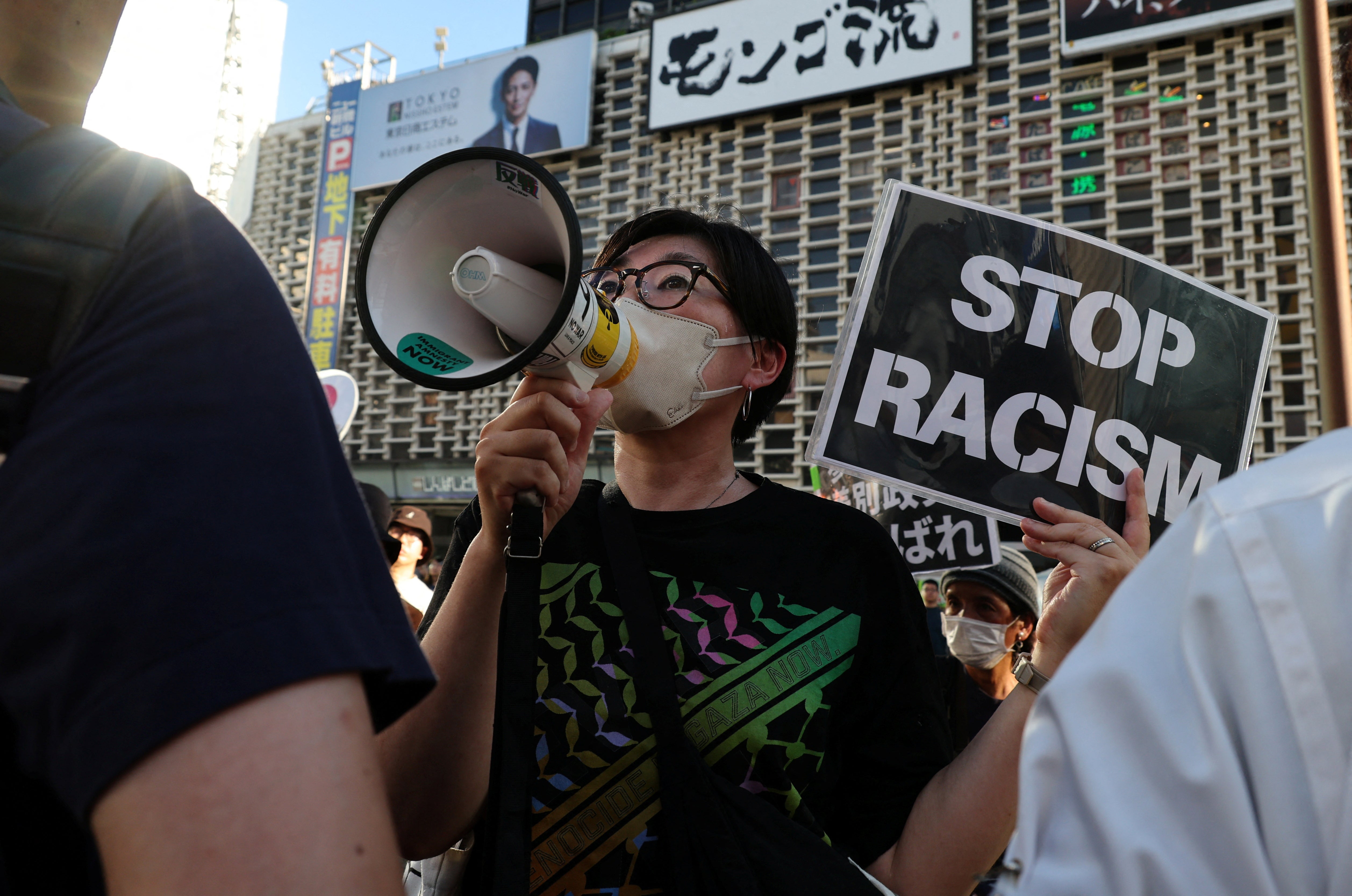
“It’s certain that Sanseito’s platform seems to lack coherence. Actually their slogan ‘Japanese First’ is that of right-wing populists, while their expansionist fiscal policy is that of left-wing populists. However, Sanseito insists that cash handouts should be limited to those with Japanese citizenship. In this point, there is sort of coherence,” he tells The Independent.
What really set Sanseito apart during the campaign was its powerful digital strategy and ability to tap into online discontent. Leveraging its more than 400,000 YouTube subscribers – nearly three times that of the LDP – the party built an influential platform to directly challenge the political establishment.
“It seems that those who supported Abe’s right-wing LDP have now turned to Sanseito because the LDP under Fumio Kishida and Ishiba has got close to the centrist position. Besides, Sanseito effectively utilised SNS and YouTube,” Prof Uchiyama says, referring to social networking services. “Voters who mainly get political information by SNS and YouTube are more likely to support Sanseito than voters who don’t.”
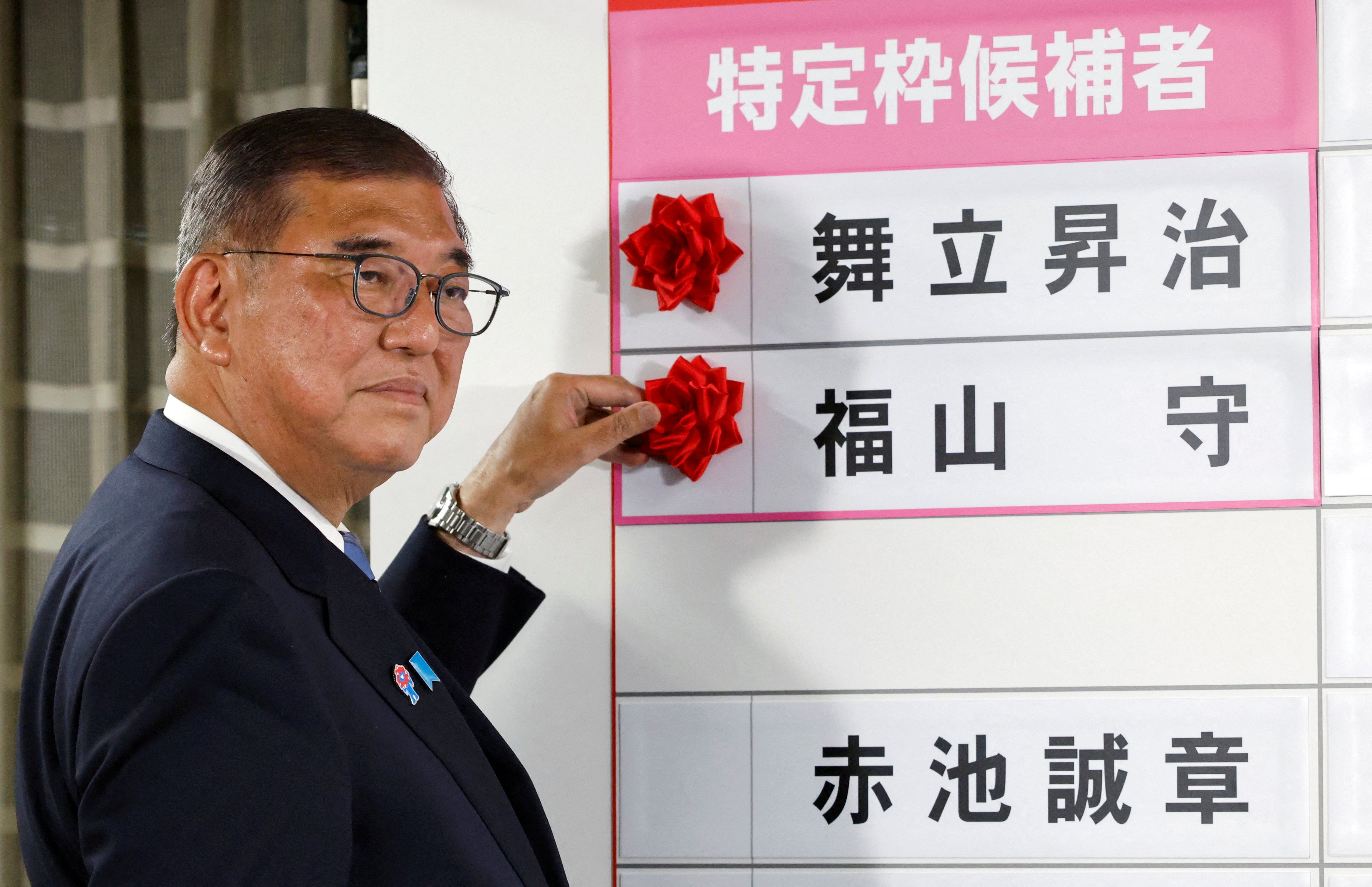
This strong online presence allowed the party to amplify its message, reach disillusioned conservative voters and spread its rhetoric far more effectively than its rivals.
Sanseito’s hardline stance on immigration has already nudged the country’s political discourse further right, prompting the government to declare a crackdown on crimes by foreigners and pledge “zero illegal foreigners” just days before the upper house election.
The rise of revisionist parties presents a significant threat to Japan’s democratic discourse and foreign policy, Prof Uchiyama tells The Independent.
“I am afraid the rise of such parties poses a great risk to Japan’s democracy. There are now many people in Japan who believe fake news and conspiracy theories,” he says.
“It will undermine democratic norms that are necessary to keep our polity healthy.”
Japan PM Shigeru Ishiba clings to power after bruising defeat in parliament
Trump says up to five fighter jets shot down during India-Pakistan conflict
US designates Pakistani offshoot behind Pahalgam attack as terrorist group
Trump ‘to visit Pakistan before India’ after Islamabad backs him for Nobel Prize
Warnings issued after Japanese man vanishes during bear hunt
Japan launches government body to address over-tourism and unruly foreigners







